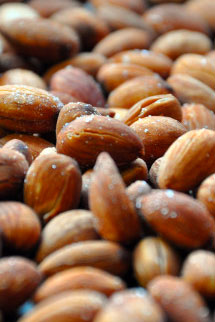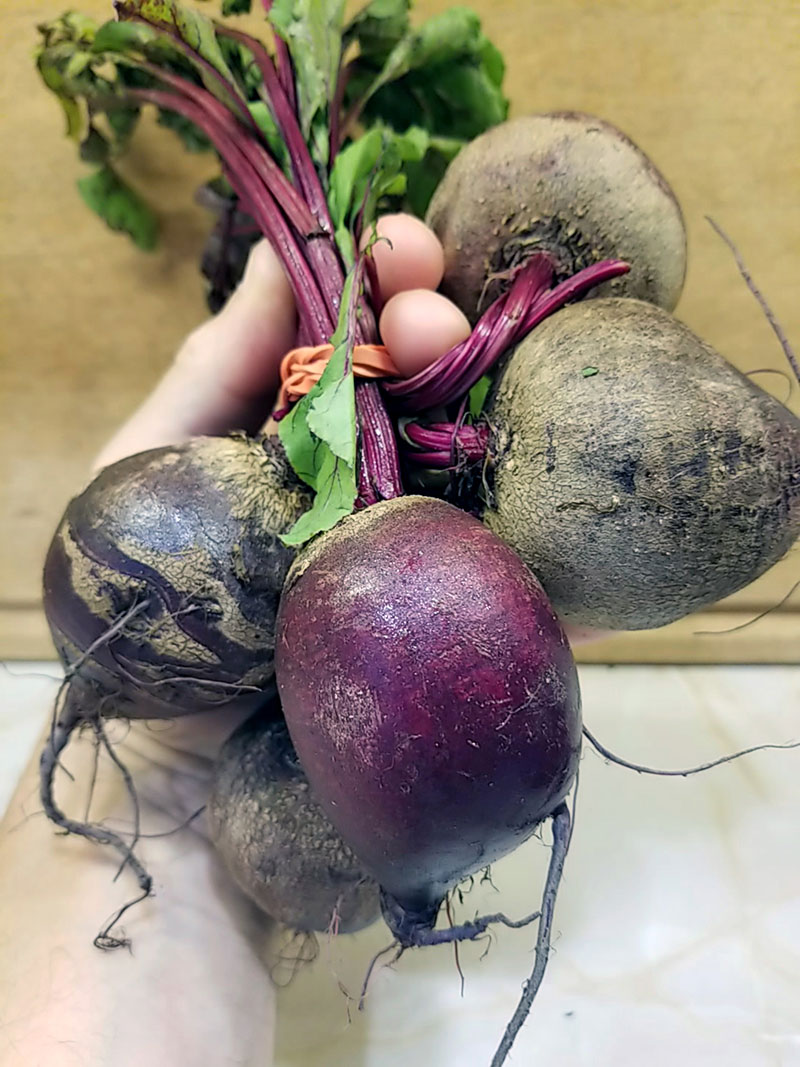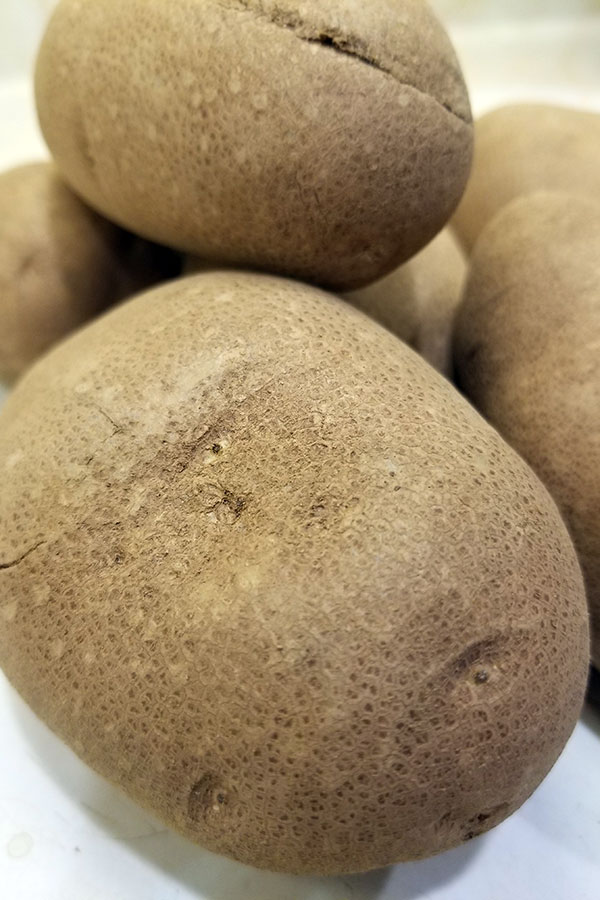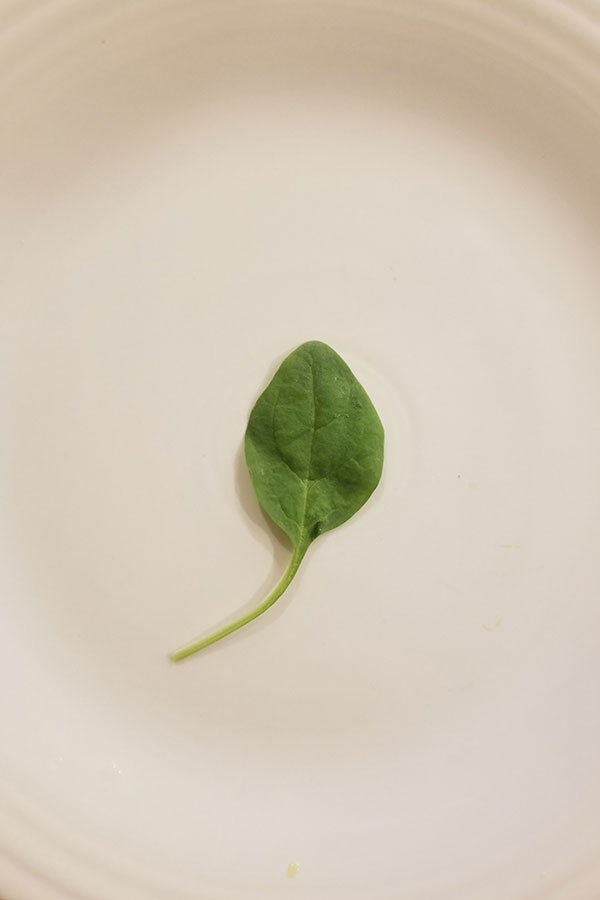Detoxification
Humans evolved to a great variety of plants. For millenia, our ancestors used processing techniques to make fruits, nuts, seeds, greens, and tubers as safe and nourishing as possible.
No plant wants to be eaten, and many plants evolved defensive compounds to deter herbivory. Antinutrients compounds in plants reduce the body's ability to absorb essential nutrients. While small quantities of antinutrients can sometimes confer health benefits, overconsumption of antinutrients can deplete mineral reserves in the body.
Diets relying heavily on grains and legumes, nuts and seeds, or smoothies made from vegetables are more prone to experience the chronic effects of antinutrients.
Common Antinutrients
Glycoalkaloids: These natural pesticides that plants produce are particularly high in the nightshade family, including potatoes. The toxins can cause immediate digestive upset and potentially fatal poisoning.
Lectins: A class of proteins found in all plants, and especially high in beans, peanuts, lentils, tomatoes, potatoes, eggplant, fruits, and wheat. Lectins can bind to the villi and cells in the small intestine, resulting in a diminished capacity for digestion and absorption. People have varying levels for tolerating specific lectins.
Oxalate, or oxalic acid: Oxalate occurs in leafy greens, such as spinach, as well as in nuts and seeds. Oxalate can form crystals leading to kidney stones or chronic joint pain.
Phytate, or phytic acid: Common in seeds, grains and legumes, phytate blocks phosphorous availability and binds to minerals, depleting the body of calcium, iron, magnesium, and zinc.
Tannins: A class of antioxidant polyphenols that may impair the digestion of various nutrients.
Protease inhibitors: Molecules that inhibit enzymes, interfering with protein digestion. Common in legumes and cereals (barley, wheat and rye) and some fruits (apples, bananas, cucumbers, pineapples and raisins) and vegetables (cabbage, potatoes, spinach and tomatoes).
Boiling and Blanching
Oxalates are water soluble, making them a prime candidate for boiling and blanching, with the cooking water discarded. The high heat of boiling can also degrade some lectins, tannins, and protease inhibitors. The drawback to boiling: water soluble vitamins leave the plant material as well, reducing nutritional value.
Fermentation
Fermentation breaks down antinutrients including oxalates, phytate, and lectins.
Food Pairing
Fermented grains have traditionally been made with unenriched and unbleached organic flours, cooked and eaten in combination with dairy products high in calcium, phosphorous, and fat-soluble vitamins. Think bread and butter! Foods high in vitamin C, such as sauerkraut also counteract phytic acid's ability to absorb iron. Oxalates also can be reduced with dairy like kefir or yogurt, and other sources of calcium.
Soaking and Sprouting
Soaking and sprouting mimic the conditions of moist soil required for germination, causing the seed to reduce its protective compounds. Sprouting reduces phytic acid, and may degrade lectins and protease inhibitors. Some leafy vegetables may be soaked to reduce oxalates.



